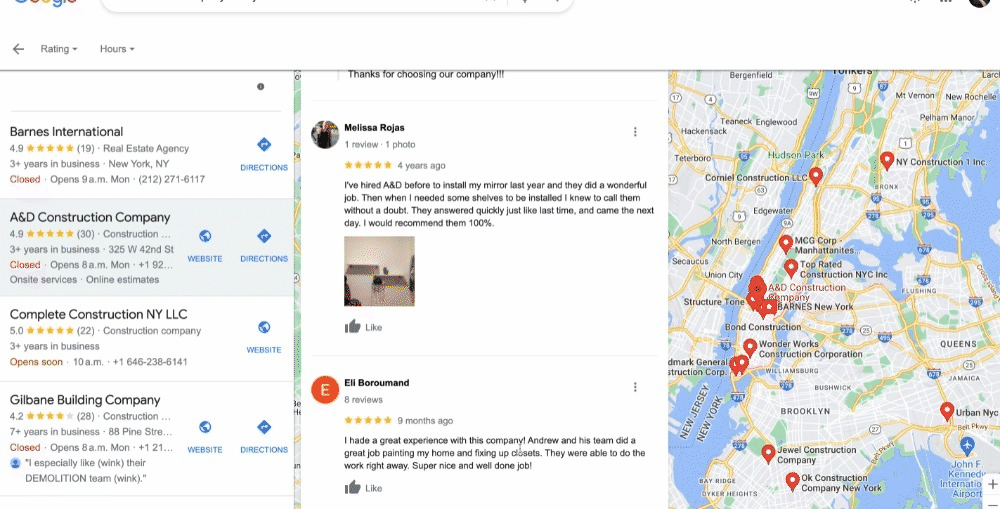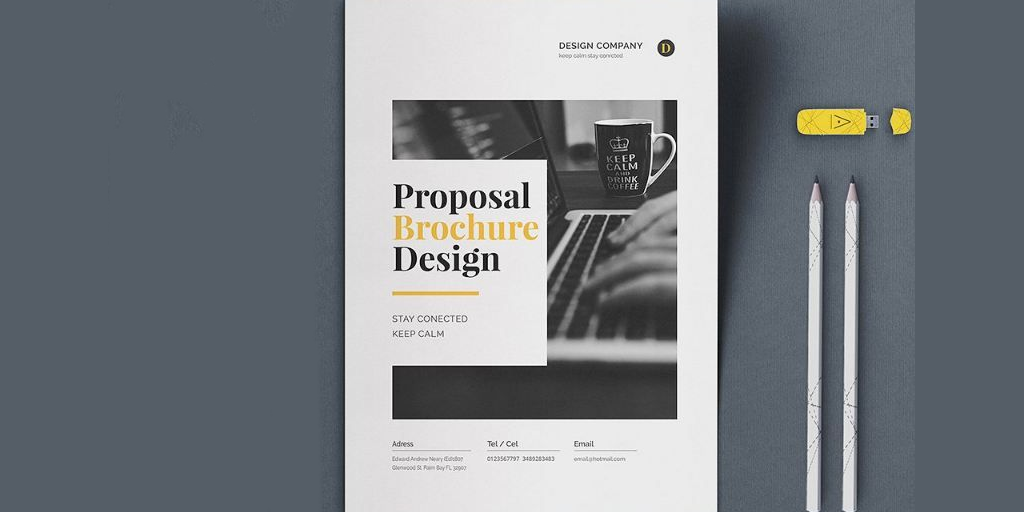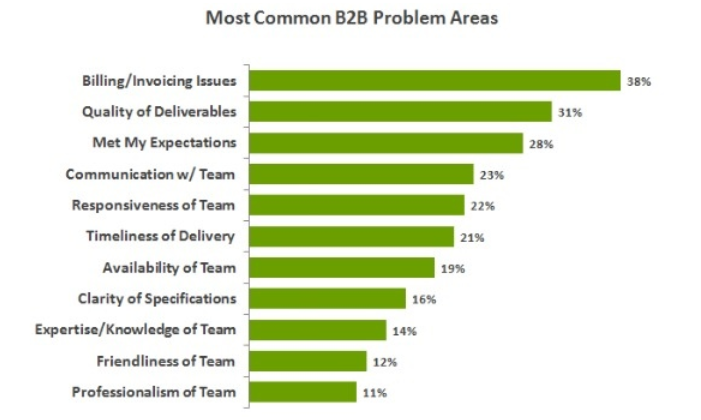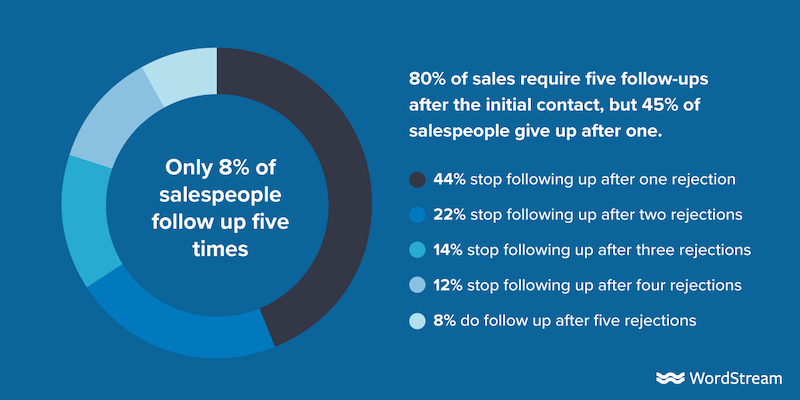As a copywriter, one of the most important tasks you’ll face is convincing potential clients that you’re the right person for the job. One way to do that is by crafting a killer client proposal that showcases your skills, expertise, and understanding of the client’s needs.

But let’s be real, writing proposals can be a drag. It’s hard to know what to include, how to structure your proposal, and how to make it stand out from the competition.
That’s why in this article, I’m going to break down everything you need to know about creating a copywriting client proposal that will win you new business. From understanding the client’s needs to addressing potential concerns, I’ll walk you through the key components of a winning proposal and offer tips and examples along the way.
So, grab a cup of coffee, sit back, and let’s dive into the world of copywriting proposals!
Understanding the Client’s Needs
Alright, before you start writing your proposal, you need to get a clear understanding of your client’s needs. This is critical if you want to create a proposal that speaks directly to their pain points and shows them that you’re the right person for the job.
Consider for a moment that 68% of B2B clients choose service providers that demonstrate an understanding of their company and how they can help them. A.K.A, they’ve done their research.

So, how do you go about understanding your client’s needs? It all starts with asking the right questions. And no, I’m not talking about generic, surface-level questions like “What’s your business all about?” or “Who is your target audience?”
Instead, you need to dive deep and get to the heart of the matter. Ask questions like:
- What are your business goals for this project?
- What challenges are you facing that you hope this project will help address?
- Who is your ideal customer, and what are their pain points and needs?
- What makes your business unique compared to your competitors?
- What are your expectations for this project in terms of deliverables, timeline, and budget?
Asking these types of questions will not only help you understand your client’s needs, but will also show them that you’re invested in their success and committed to delivering results.
Another way to gain insight into your client’s needs is to do some research on their industry and competitors. This will give you a better understanding of the landscape and help you position your proposal in a way that sets your client apart from the rest.

Remember, the key to crafting a winning proposal is to show your client that you understand their needs better than anyone else. So, take the time to ask the right questions and do your research, and you’ll be well on your way to creating a proposal that hits all the right notes.
Crafting a Copywriting Proposal
Now that you’ve got a solid understanding of your client’s needs, it’s time to start crafting your proposal. This is where you’ll outline the scope of work, timeline, deliverables, and pricing for the project.
First things first, you want to make sure your proposal is well-organized and easy to read. Use headings, subheadings, and bullet points to break up the text and make it more visually appealing. In fact, proposals with an attractive cover convert 45% better! Remember, your proposal is a reflection of your work, so you want it to look professional and polished.

When it comes to the content of your proposal, be sure to highlight the key benefits and value that you’ll provide to the client. Focus on the results they can expect to see and how your expertise will help them achieve their goals.
One of the most important parts of your proposal is the scope of work section. This is where you’ll outline the specific tasks and deliverables that you’ll be responsible for. Be as specific as possible and avoid using vague language like “marketing services.” Instead, break down the services into specific tasks like “content creation, social media management, and email marketing.”
You’ll also want to include a timeline that outlines when you’ll complete each task and when the final project will be delivered. This will give the client a clear idea of what to expect and when they can expect it.
Finally, don’t forget to include pricing information in your proposal. Be transparent about your rates and what’s included in your services. If you’re unsure of what to charge, do some research on industry standards and make sure your rates are competitive.
Addressing Copywriting Client Concerns
Even the most well-crafted proposal may still raise concerns or objections from potential clients. That’s why it’s important to address these concerns head-on in your proposal and offer solutions to overcome them.
Some of the most common problems in B2B include invoicing/payment, quality of deliverables, and meeting expectations.

One common concern clients may have is whether or not you have experience in their industry or niche. To address this concern, highlight any relevant experience or case studies in your proposal. Show the client that you have a solid understanding of their industry and can provide valuable insights and expertise.
Another concern clients may have is whether or not your rates are competitive. To address this concern, do your research and make sure your rates are in line with industry standards. If you’re charging more than your competitors, be sure to highlight the additional value you bring to the table and how it justifies the higher price.
Clients may also be concerned about the timeline or deliverables outlined in your proposal. To address this, be sure to include a detailed timeline and deliverables list that clearly outlines what the client can expect at each stage of the project. If the client has any specific concerns or requests, be sure to address them in the proposal as well.
Some clients may simply be hesitant to commit to a new copywriter or marketing partner. To address this concern, offer a trial period or pilot project to help the client get a feel for your working style and results. This can help build trust and confidence in your abilities and ultimately lead to a long-term partnership.
Following Up With Clients and Next Steps
Congratulations! You’ve submitted your copywriting proposal, but the work isn’t over yet. Following up with the client is crucial to securing the project and ensuring a smooth process moving forward. Only 8% of people follow up enough to close a sale.

One of the best ways to follow up with the client is to schedule a call or meeting to discuss the proposal and answer any questions they may have. This can also be an opportunity to clarify any details or address any concerns the client may have.
During the call, be sure to listen to the client’s feedback and incorporate it into your proposal if necessary. This shows the client that you’re responsive and open to feedback, which can help build trust and confidence in your abilities.
Once the client has agreed to move forward with the project, it’s time to finalize the contract and set expectations for communication and deliverables. Be sure to clearly outline the scope of work, timeline, and pricing in the contract and get it signed by both parties.
Throughout the project, it’s important to maintain clear and consistent communication with the client. Provide regular updates on the project’s progress and be responsive to any questions or concerns they may have.
Finally, once the project is complete, follow up with the client to ensure they’re satisfied with the results and to ask for feedback on your work. This can help you improve your services and build a strong relationship with the client for future projects.
Copywriting Client Proposal Template
With all of that being said, here’s a template you can use for your copywriting client proposals. Feel free to turn it into a PDF, Word Doc, or slidedeck, depending on how you would like to present it.
[Client Name],Thank you for considering me for your copywriting needs. Based on our initial conversations, I understand that your goal for this project is [insert goal here] and that your target audience is [insert audience description here]. I’m excited to have the opportunity to work with you and help you achieve your goals.
Scope of Work: My proposed scope of work for this project includes the following deliverables:
- [Insert Deliverable 1]
- [Insert Deliverable 2]
- [Insert Deliverable 3]
Timeline: I propose the following timeline for this project:
- [Insert Task 1] – [Insert Deadline 1]
- [Insert Task 2] – [Insert Deadline 2]
- [Insert Task 3] – [Insert Deadline 3]
- [Insert Final Deliverable] – [Insert Deadline 4]
Pricing: My proposed pricing for this project is [Insert Price]. This includes [Insert Services Included]. I’m open to discussing different pricing options based on your needs and budget.
Experience: I have [Insert Number of Years] years of experience in copywriting and have worked with clients in various industries, including [Insert Industries]. My clients have seen results such as [Insert Results Achieved].
Next Steps: If you’re interested in moving forward with this proposal, I’d love to schedule a call to discuss any questions or concerns you may have. I’m also happy to provide additional writing samples or references upon request.
Thank you for considering my proposal. I look forward to the opportunity to work with you.
Best regards, [Your Name]
Summing Up Copywriting Client Proposals
There are many steps that go into getting copywriting clients, but perhaps the most important is sending a proposal. This can make or break whether you get the project. So, don’t overlook it.
Have a discovery call with the client or send them a questionnaire to better know their business, goals, and challenges. Ask for all of their information, such as name, business name, location, email, and phone number too. You will need this for the proposal and contract.
Use a template like the one I provided to make the process easier. Once you’re confident with the copywriting proposal, share it with the client. Naturally, they will have questions and maybe objections as well. Negotiate and adjust the proposal until you’re both happy.
If you want to learn more about copywriting and making money by copywriting, check out my online courses.














